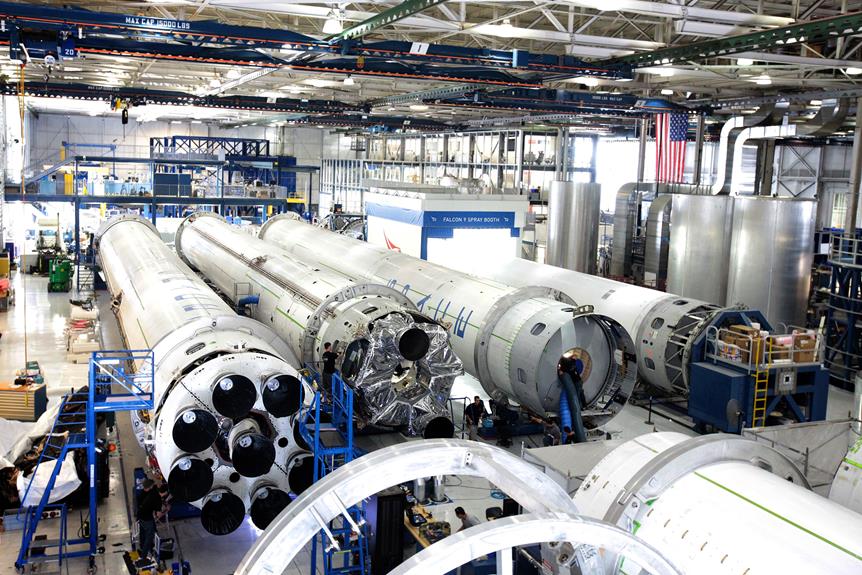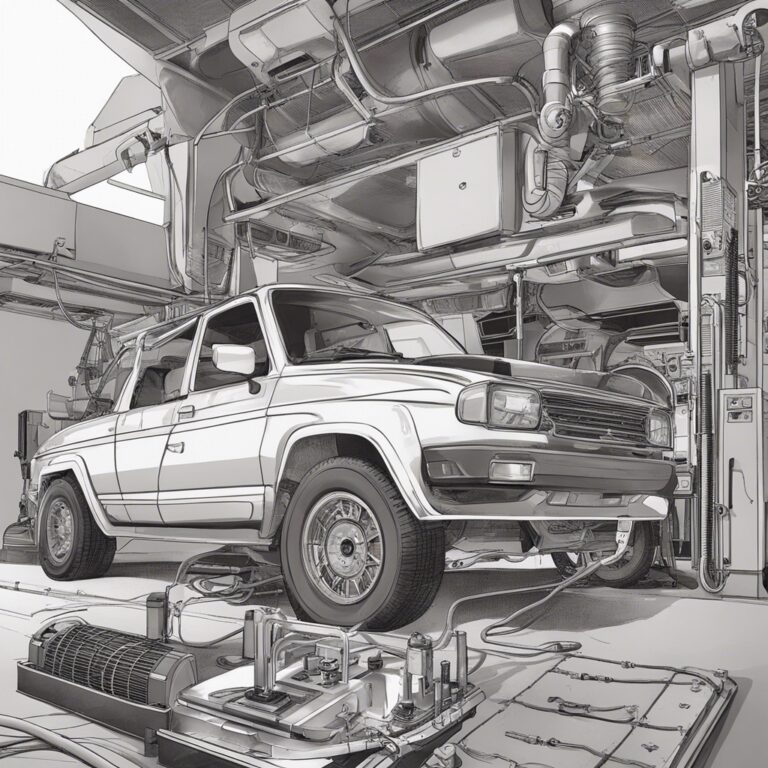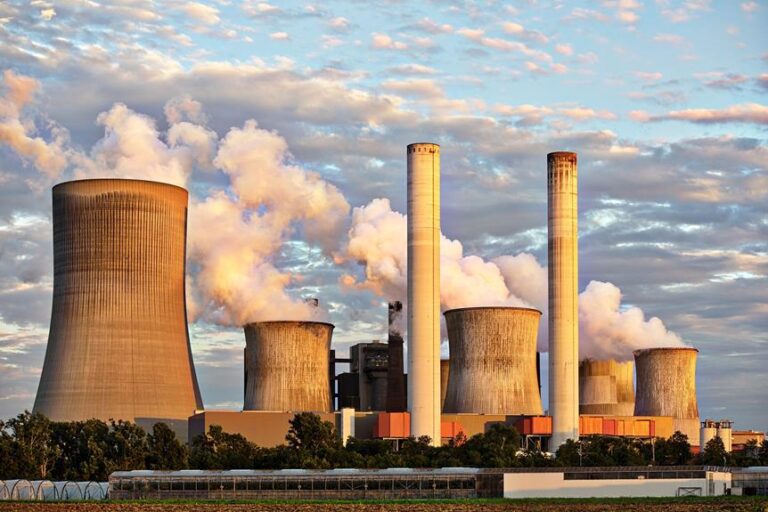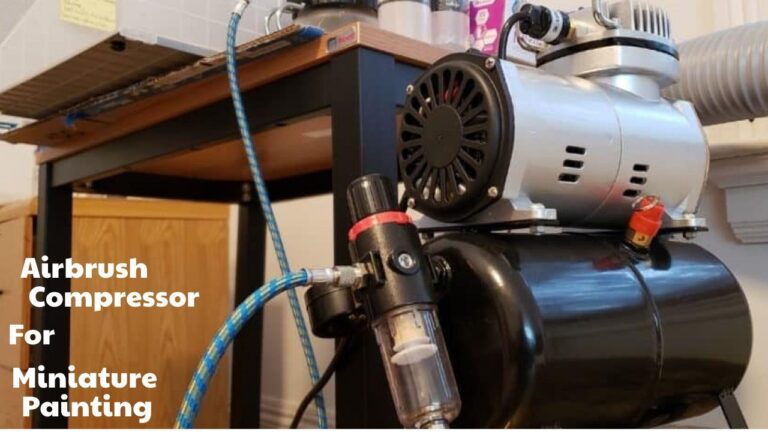Fueling Power: The E85 Conversion Revolution
As our vehicles guzzle gasoline with the voracity of a parched camel, we find an oasis in the E85 conversion revolution. This article delves into the intricacies of this process, its environmental implications, performance benefits, economic aspects, and challenges. For those seeking liberation from fossil fuel dependence, let's navigate the complex technical landscape of E85 conversion, a promising alternative fuel solution that's sparking a paradigm shift in automotive energy consumption.
Key Takeaways
- E85 conversion offers environmental benefits by emitting fewer greenhouse gases and optimizing combustion efficiency.
- E85 conversion provides performance advantages such as increased horsepower and torque, higher octane rating, and improved engine durability.
- The economics of E85 conversion depend on factors such as production costs, price differentials, policy support, and technological advancements.
- Challenges for E85 conversion include engine modifications, limited fuel availability, high conversion costs, lack of awareness, and the need for policy incentives and collaborations.
Understanding the E85 Conversion Process
The ethanol-gasoline blend, commonly referred to as E85, requires a specialized conversion process to ensure optimal performance and fuel efficiency in vehicles. This process is often accomplished using an E conversion kit, designed to adjust the fuel injection system to accommodate the high ethanol content.
The kit typically includes a flex fuel sensor, a fuel line, and an ECU programmer. The flex fuel sensor measures the ethanol-gasoline ratio in the fuel and sends this information to the ECU (Engine Control Unit). The ECU then adjusts the fuel injection and ignition timing based on the ethanol content. This ensures that the engine operates efficiently, regardless of the fuel mixture.
Research indicates that using E85 can reduce greenhouse gas emissions by up to 34%. However, it's crucial to note that not all vehicles can run on E85 without modifications. Therefore, prior to installation of the E conversion kit, it's recommended to check the vehicle's compatibility.
E85 conversion represents a liberating step towards environmental responsibility. It provides a viable option for those seeking to reduce their carbon footprint, while still enjoying high performance and fuel efficiency.
The Environmental Impact of E85 Fuel
Delving into the environmental implications of E85 fuel, we find it leaves a significantly smaller carbon footprint, but it also brings up concerns about the sustainability of large-scale corn-based ethanol production.
E85 fuel, composed of 85% ethanol and 15% gasoline, offers substantial environmental advantages. When combusted, it emits fewer greenhouse gases than conventional gasoline, contributing to the reduction of global warming. Moreover, fuel system upgrades have been developed to optimize the combustion efficiency of E85, further reducing emissions.
However, the environmental impact of E85 is not solely determined by its combustion. The production process, particularly for corn-based ethanol, has been scrutinized for its sustainability. The cultivation of corn requires a large amount of water and pesticides, which can lead to soil degradation and water pollution. Additionally, the energy inputs for corn farming and ethanol production often come from non-renewable sources, creating a potential environmental trade-off.
To fully harness the environmental benefits of E85, more sustainable practices in corn cultivation and innovations in fuel system upgrades are needed. This transition aligns with the aspirations of those seeking liberation from fossil fuel dependence and its associated environmental impacts.
Performance Advantages of E85 Conversion
Boosted by the high octane rating, E85 conversion offers significant performance benefits, particularly for high-performance vehicles and race cars. The enriched oxygen content of E85 helps in combustion, releasing more power per unit of fuel. Cars running on E85 experience increased horsepower and torque due to the fuel's high resistance to knock. This makes E85 a preferred choice for drivers seeking an edge in power and performance.
In addition, the conversion to E85 requires a high-performance fuel pump, essential in achieving the desired fuel flow rates. It ensures that the engine receives the necessary volume of fuel, contributing to better throttle response and engine performance.
The table below illustrates the performance enhancements brought about by the E85 conversion.
| Performance Factor | Advantage with E85 Conversion |
|---|---|
| Octane Rating | Higher, leading to increased power output |
| Knock Resistance | Increased, contributing to engine durability |
| Throttle Response | Improved with the use of high-performance fuel pump |
Simply put, E85 conversion liberates vehicles from the limitations of traditional fuels, enabling drivers to tap into a greater level of performance. This is a revolution in fueling power, offering tangible performance advantages that make a significant difference on the road and track.
The Economics Behind the E85 Conversion Revolution
Understanding the financial implications of the E85 conversion revolution necessitates a comprehensive examination of the industry's cost structure and related economic factors. Crucial to this exploration are performance exhaust headers. As a pivotal component in the E85 conversion process, the cost dynamics of these headers significantly influences the overall economics of the revolution.
Performance exhaust headers are designed to optimize exhaust flow, enhancing engine performance. However, their production involves significant material and labor costs. These costs are passed onto consumers, affecting the pricing of E85 conversion kits and services. As demand increases, economies of scale could lead to a reduction in these costs, making E85 conversions more financially accessible for consumers desiring liberation from fossil fuels.
Yet, in the short-term, high conversion costs pose a barrier. Also, the price differential between E85 and petrol reflects the cost of producing and distributing E85, which is still higher than traditional fuel. Hence, the financial viability of E85 conversion largely depends on policy support, such as subsidies and tax incentives. It also hinges on technological advancements that can reduce the production cost of E85 and related conversion components, including performance exhaust headers.
Overcoming Challenges in E85 Conversion
Despite the potential benefits of E85 conversions, there exist a number of technical and economic challenges that must be addressed, and overcoming these hurdles is key to the widespread adoption of this revolutionary fuel option.
- Engine Modifications: Many engines aren't designed to handle E85's high ethanol content. Modifications, such as the addition of intake manifold spacers, can be necessary to prevent damage.
- Fuel Availability: E85 is not as widely available as traditional gasoline. This scarcity can create hurdles for drivers, particularly in rural areas.
- Conversion Costs: Converting a vehicle to use E85 can be expensive. It often requires a substantial initial investment, which can deter potential adopters.
- Economic Barriers: Policy and economic barriers, such as lack of incentives and high taxes, can also hinder adoption.
Addressing these challenges will require a concerted effort from all stakeholders, including consumers, manufacturers, and policymakers. Technological advancements, like the development of adaptive intake manifold spacers, could help ease the conversion process, while policy initiatives could help to alleviate economic barriers. With the right approach, the E85 conversion revolution can become a reality, liberating us from our reliance on traditional fuels.
Frequently Asked Questions
What Are the Potential Health Risks Associated With E85 Fuel Use?
E85 fuel, primarily composed of ethanol, may pose health risks including respiratory complications and skin irritation from exposure. Combustion can also produce aldehydes, potentially leading to eye irritation and various respiratory issues.
Is There a Noticeable Difference in Fueling Time Between E85 and Traditional Gasoline?
There's minimal difference in fueling time between E85 and traditional gasoline. Both fuels dispense at similar rates, so the time spent at the pump largely depends on the vehicle's tank size, not the type of fuel.
How Does E85 Fuel Perform in Extremely Cold Temperatures?
E85 fuel, while a beacon of sustainability, suffers performance drawbacks in extreme cold, as ethanol's higher freezing point can cause issues. Technological advancements are crucial to mitigate this, liberating us for more sustainable choices.
Can E85 Conversion Potentially Void the Vehicle's Warranty?
E85 conversions can potentially void a vehicle's warranty, depending on the manufacturer. It's crucial to consult with the vehicle's manufacturer or authorized dealer to clarify any potential implications on warranty prior to undertaking alterations.
Are There Any Specific Maintenance Requirements for Vehicles Running on E85 Fuel?
Vehicles running on E85 fuel typically require more frequent fuel filter changes. Furthermore, due to ethanol's corrosive nature, regular fuel system inspections are necessary to detect and prevent potential damage.
Conclusion
In conclusion, the E85 conversion revolution offers a viable path towards a more sustainable and economically favorable future. Despite the challenges, its environmental benefits, performance advantages, and economic incentives underscore its potential. As the world strives for energy efficiency and reduced carbon emissions, E85 conversions could serve as a key catalyst for change. Thus, careful research, meticulous planning, and effective policy-making are crucial in optimizing the potential of this revolutionary approach.







